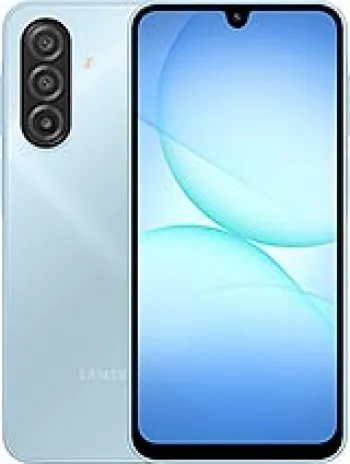
Introduction to Samsung SGH-2200
The Samsung SGH-2200 is an early example of mobile phone technology that marked a transition period in the late 1990s. As mobile phones evolved from bulky devices to more compact and user-friendly gadgets, the SGH-2200 reflected that transformation by offering new features and a more attractive design. Released in 1999, this device is a snapshot of the technological and design considerations of its time.
Design and Build
The Samsung SGH-2200 was designed with practicality and portability in mind. It measured 98 x 44 x 22 mm, making it relatively small for its era. With a weight of 111 grams, including the slim battery, it was light enough to carry around with ease. The use of a monochrome graphic display catered to the basic navigation and feature set that the device supported.
Network and Connectivity
The SGH-2200 operated on GSM technology and supported 2G bands, specifically GSM 900 and 1800. This enabled the phone to connect to most networks at the time, providing basic voice and SMS capabilities. However, it did not include GPRS or EDGE capabilities, limiting it to voice communication and text messaging only.
Display Features
The device was equipped with a monochrome graphic display with a resolution of 115 x 60 pixels and could display up to 4 lines. While this seems minimal by today’s standards, it was adequate for displaying caller information, text messages, and basic navigation menus. The aspect ratio was 19:10, which was considered standard for phones of that period.
Battery Performance
The Samsung SGH-2200 operated on a removable Li-Ion battery. Users had two battery options: a standard battery offering up to 125 hours of standby time and 3.5 hours of talk time, or a slim battery with 75 hours of standby time and 2 hours of talk time. This allowed users to choose between battery longevity and a more compact form factor.
Memory and Storage
The phonebook allowed storage of up to 100 contacts, which was substantial at the time. Additionally, the device maintained records of the last 10 dialed, 10 received, and 10 missed calls. However, there was no card slot or additional memory expansion option, a common limitation for mobile phones from this era.
Sound and Alerts
Alert notifications on the SGH-2200 were limited to vibration and monophonic ringtones. It did not have a loudspeaker or a 3.5mm jack for audio output, which means users relied solely on the phone’s built-in ringing and vibrating alerts for notifications.
Additional Features
Despite its simplicity, the phone offered essential features such as SMS messaging, a clock, and an alarm. Unfortunately, it did not support any games or advanced applications like Java, nor did it have an internet browser. However, the phone offered support for 14 languages, enhancing its accessibility in different regions.
Communication and Interfaces
The Samsung SGH-2200 did not support WLAN, Bluetooth, or any form of positioning technology. Additionally, it lacked radio and USB connectivity, which further highlights the phone's limited feature set compared to modern standards.
Color and Aesthetics
The device offered versatility in appearance with 3 color options. This personalization capability, although minimal, provided a sense of individuality for users who desired a particular aesthetic in their mobile devices.
Conclusion
The Samsung SGH-2200 is an iconic representation of mobile phone technology at the turn of the millennium. Its focus on essential communication features, combined with its compact and thoughtful design, catered to users seeking practicality in mobile communication. Despite its lack of advanced technology, the SGH-2200 laid the groundwork for future advancements in mobile phone design and functionality.
Key Features of Samsung SGH-2200
- GSM 900 / 1800 network support
- Compact dimensions: 98 x 44 x 22 mm
- Lightweight design at 111 g with slim battery
- Monochrome graphic display with 115 x 60 pixels resolution
- Supports Mini-SIM
- Phonebook capacity of 100 entries
- Call records up to 10 dialed, 10 received, and 10 missed calls
- Vibration and monophonic ringtones for alerts
- Multi-language support: 14 languages
- Removable Li-Ion battery with up to 125 hours standby time and 3.5 hours talk time
Disadvantages of Samsung SGH-2200
- No GPRS or EDGE support for data connectivity.
- Monochrome graphic display with low resolution.
- No camera available.
- No loudspeaker or 3.5mm audio jack for external audio.
- Lack of basic communication features such as WLAN, Bluetooth, and positioning services (GPS).
- No built-in radio.
- Limited phonebook capacity with only 100 contacts.
- Very limited call records storage (only 10 dialed, 10 received, and 10 missed calls).
- No card slot for external memory expansion.
- No games or advanced applications due to lack of Java support.
- Short standby and talk times for standard lithium-ion battery options.
- Discontinued model with no ongoing support or updates available.
View Also
More Phones
All Rights Reserved +14266 Phones © Mobilawy 2025
























